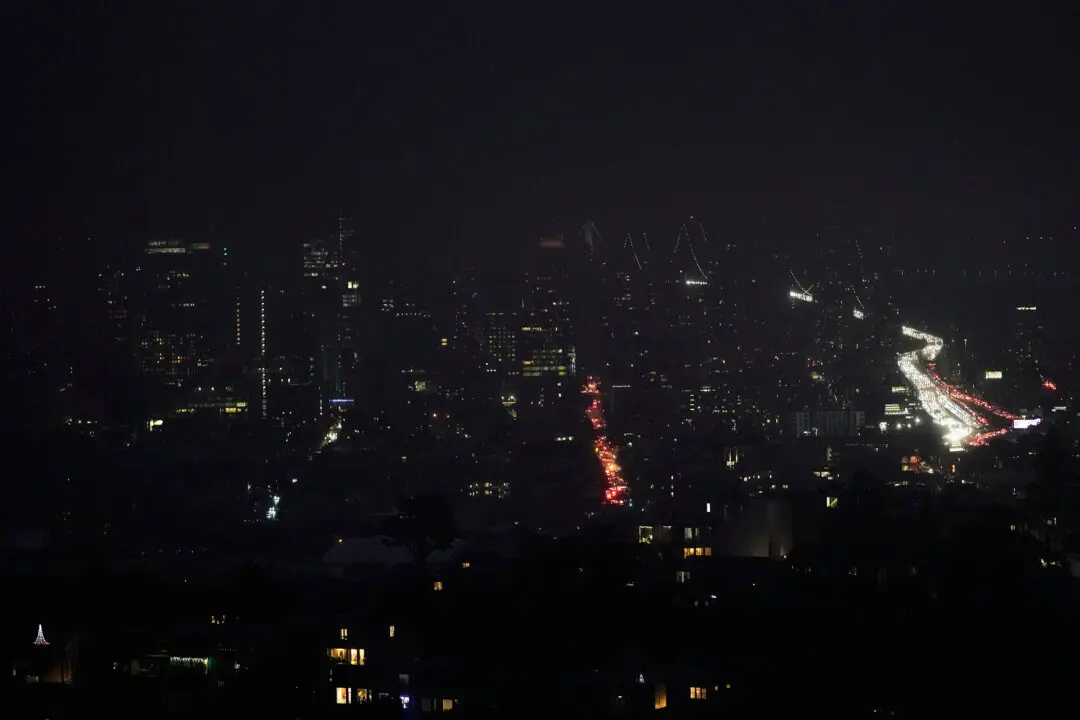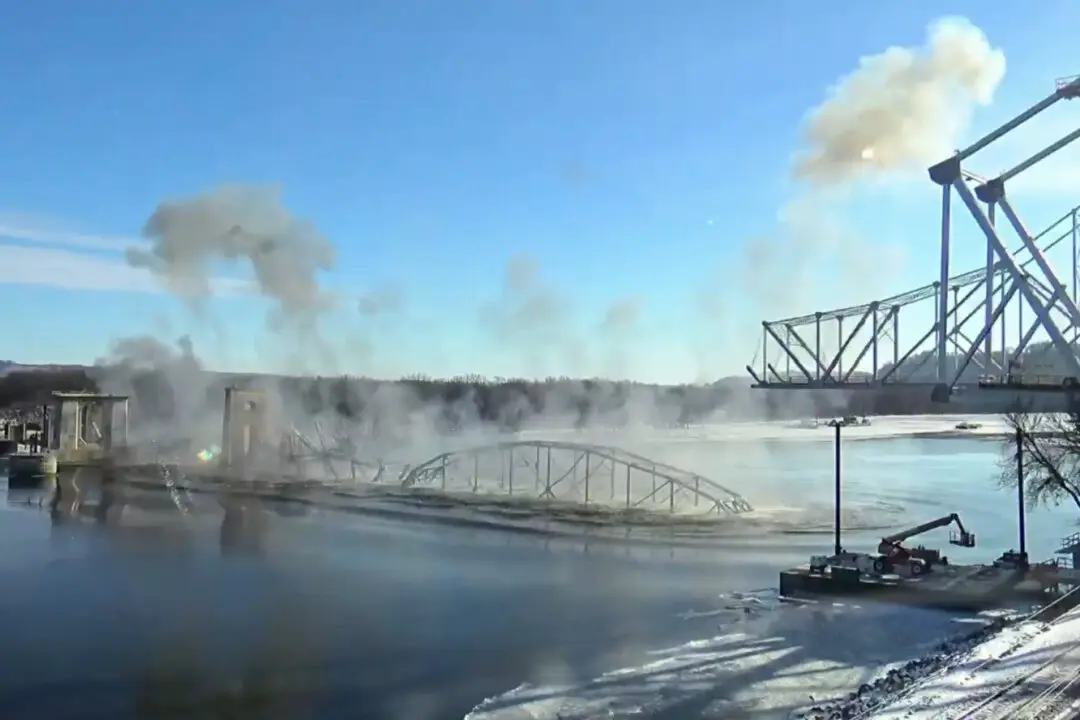RIYADH, Saudi Arabia—The Saudi-led coalition fighting rebels in Yemen said Saudi air defense units intercepted multiple missiles fired from inside Yemen toward the kingdom’s southwest border city of Jizan on Monday.
A statement by the coalition said the rockets did not cause injuries or material damage and that the Saudi Air Force reacted immediately and destroyed the launching pad inside Yemen.
A Saudi official, speaking on condition of anonymity because he was not authorized to brief the press, said the missiles were targeting Jizan’s civil airport and had been fired by Yemeni rebels, known as Houthis. Fighting in Yemen has continued despite a cease-fire agreement, with U.N.-sponsored peace talks in Switzerland collapsing on Sunday but scheduled to reconvene Jan. 14.
The conflict in Yemen pits the country’s internationally recognized government and the U.S.-allied, Saudi-led coalition against Houthis, who are allied with Yemen’s longtime former president. Local affiliates of al-Qaida and the Islamic State group have exploited the chaos to grab land and exercise influence.
According to U.N. figures, the war in Yemen has killed at least 5,884 people since March, when fighting escalated after Saudi Arabia began launching airstrikes targeting the rebels. Cross-border shelling has also killed dozens of Saudi border guards and soldiers.
On Monday, Human Rights Watch reported that the Saudi-led coalition’s airstrikes in residential areas of the Yemeni capital Sanaa killed 60 civilians in September and October. The group said it found no evidence there were any military targets in the Old City or al-Asbahi neighborhood, adding that homes in several other areas were hit “200 meters or more from possible military objectives.”





